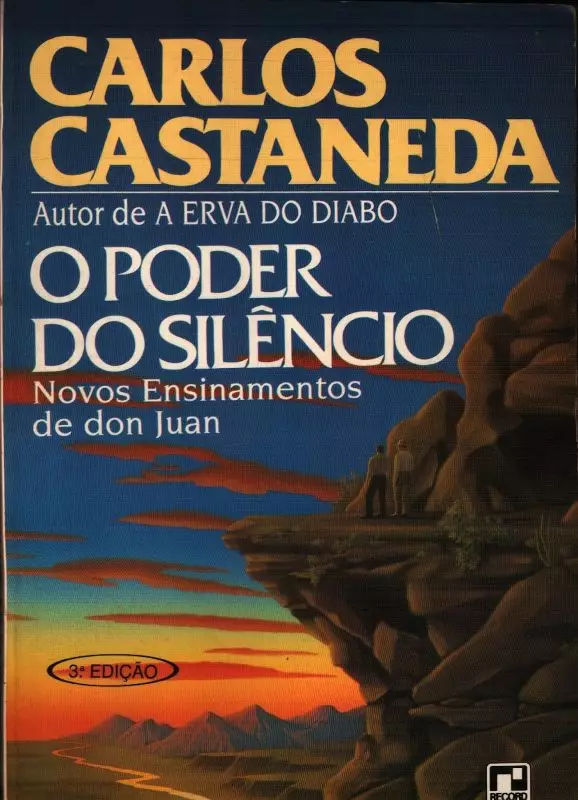In the first issue of this journal, intentionality was defined as “the tacit act of filling out the empty spaces left by direct sensory perception, or the act of enriching the observable phenomena by means of intention.” This definition is an attempt at staying away from the standard philosophical explanations of intentionality. The concept of intentionality is of key importance in elucidating the themes of sorcery, as bona fide topics for philosophical discourse. The slant proposed for this journal-applied hermeneutics-is expressed through the revision and reinterpreta- tion of themes pertinent to the discipline of philosophy; themes which are congruous with other themes pertinent to the discipline of sorcery.
In the discipline of philosophy, intention- ality is a term first used by the Scholastics in the Middle Ages to define, in terms of natural and unnatural motion, the intent of God in relation to his creation and the free will of man to choose or reject a virtuous life; Scholastics were Western European scholars who developed a system of theological and philosophical teachings based on the authority of the church fathers and of Aristotle and his commentators.
The term intentionality was restructured in the late 19th century by Franz Brentano, a German philosopher, whose main concern was to find a characteristic which separates mental from physical phenomena. He said, “Every mental phenomenon is characterized by what the Scholastics of the Middle Ages called the inten- tional or the mental inexistence of an object, and what we would like to call the reference to a content, the directness toward an object, which in this context is not to be understood as some- thing real. In the representation, something is represented, in the judgment, something is acknowledged or rejected, in the desiring, some- thing is desired. This intentional inexistence is peculiar alone to mental phenomena. No physical phenomenon shows anything like it. And thus, we can define mental phenomena by saying that such phenomena contain objects in themselves by way of intentionality.”
Brentano’s understanding was that it is the property of all mental phenomena to contain objects as inexistents, combined with the property of referring to those objects. Therefore, for him, only mental phenomena encase intention- ality. Thus, intentionality becomes the irreducible feature of mental phenomena. He argued that since no physical phenomena could encase intentional- ity, the mental (the mind) cannot stem from the brain.
In the discipline of sorcery, there is an entry called calling intent. It refers to the definition of intentionality that was given in this journal: “the tacit act of filling out the empty spaces left. by direct sensory perception, or the act of enriching the observable phenomena by means of intention.” Sorcerers maintain, as Brentano intuited, that the act of intending is not in the realm of the physical; that is to say, it is not part of the physicality of the brain or any other organ. Intent, for sorcerers, transcends the world we know. It is something like an energetic wave, a beam of energy which attaches itself to us.
(Carlos Castaneda, Journal of Applied Hermeneutics)

